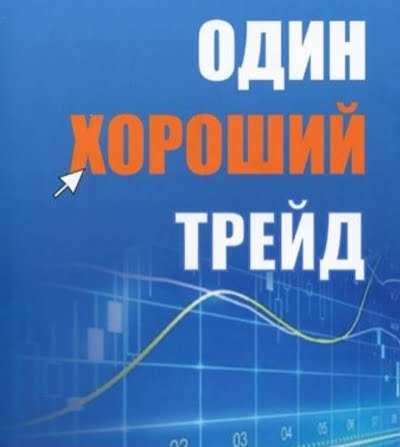Since for futures I had almost all systems, more or less trend following, then it would be nice for diversification to come up with some kind of counter-trend. Not here, certainly, which catches knives against the main movement, and who catches' penknives" on corrections to the main trend. But over the years, I have not been able to find something suitable, no critical equity dips. And now something seems to work out.
so, we have a diversified portfolio of 37 major American futures. Reinvestment test. Risk 3% from equity per position. Test with 2000 of the year. Costs $27 per circle (on 1 the contract).




————————————————————————————————————–
Среднее время удержания позиции — 5-6 days. The system is involved in total 7,5% time. Rare trades, approximately by 80-100 in year.
Disadvantages of the system:
Protective stop is present, but, opening and closing positions, mostly, on the market at the opening of the session. Since the opening of sessions for most American futures takes place in 2-4 o'clock in the morning in Moscow, this creates inconvenience in opening positions. Also, it is necessary to take into account that end-of-day data on futures for the last day from providers come approximately after 3 hours of the night, that is in 2 signals for opening positions are still unknown. Although, overwhelmingly overnight futures, mostly, stand or fluctuate around the opening price, but still sometimes there are movements. And if you start opening positions in 9 morning, you may have to open at not the best price, significantly escaped the opening price. Although, there may be reverse options — get a much better price. So to speak, an element of chance interferes with the system. How strong is he, It's not clear yet.
Therefore, we will test the system with more costs than in the first option.. TradingBlox implements a clever option for accounting for slippage, which depends on the volatility of the bar, on which the position is opened. All in all, here is a test with costs $106 one contract per circle:




As seen, even with such costs, the system works, although some years look unattractive, for example, 2011 year from all 3,4% per annum.

